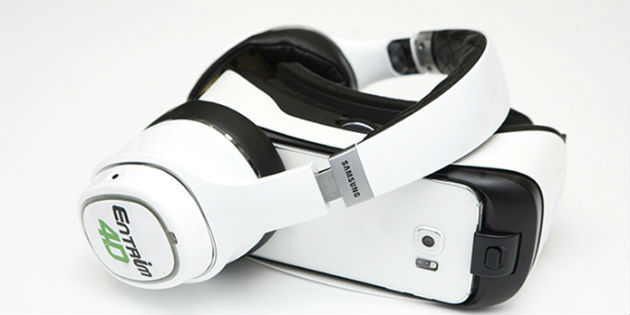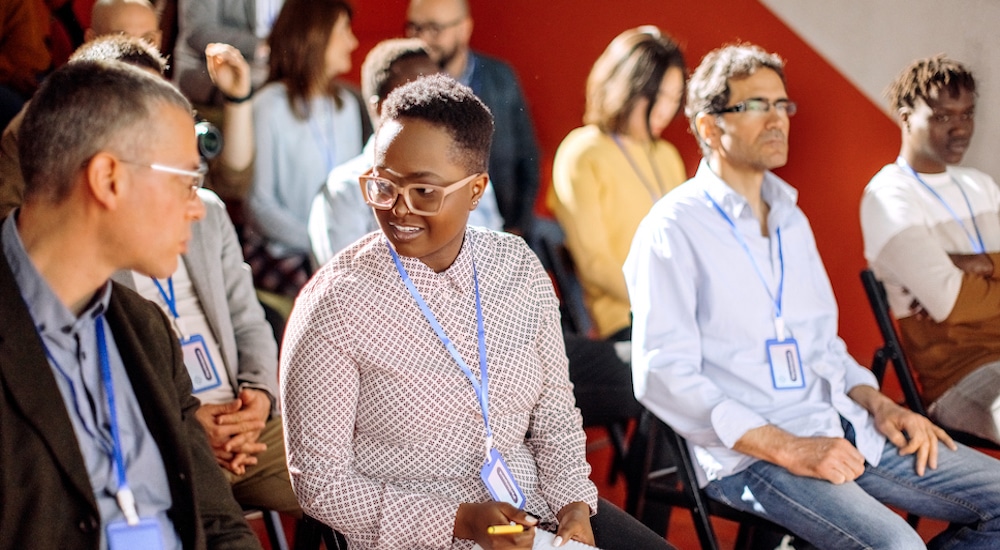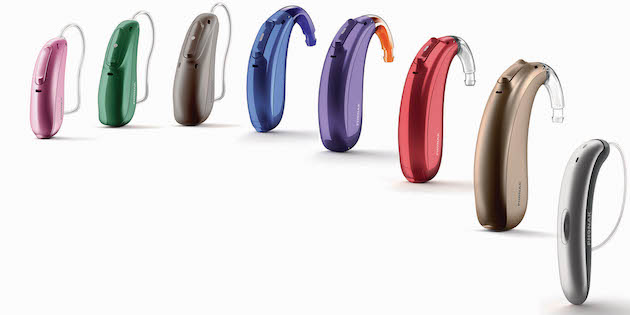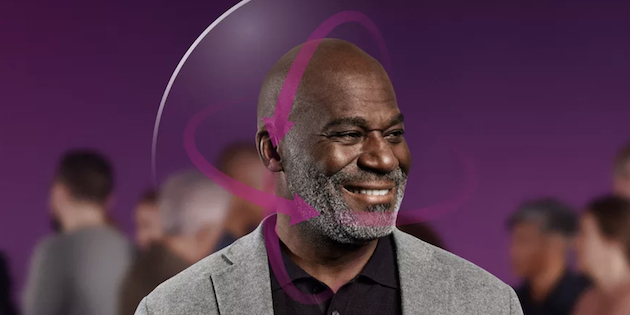Samsung launches new headset at the SXSW festival
VR
Samsung has unveiled yet another set of technologies developed by its secretive C-Lab, this time at the SXSW festival in Texas. One of the most interesting of its latest projects is a new headset called Entrim 4D, which enhances the experience of virtual reality (VR) by using electrical stimulation of the inner ear, known as Galvanic Vestibular Stimulation (GVS).

With motion sickness being cited as one of the biggest reasons that VR systems have not been widely adopted, technology companies like Samsung and others, have been working to help address the issue and gain an edge on their competitors.
Motion sickness occurs when there is a sensory conflict—due to the body, inner ear and visual systems sending conflicting messages to the brain. This can easily happen when using VR, due to the visual system getting different messages than the rest of the body. We refer to the resulting symptoms of this sensory conflict (nausea, dizziness, sweating, fatigue, etc) as motion sickness.
According to the company, the Entrim 4D headset uses a combination of algorithms and Galvanic Vestibular Stimulation (GVS) in “a safe and simple technique that sends specific electric messages to a nerve in the ear”.
The electrical signals are designed to synchronize the body with the dynamic video content displayed in the headset viewed by the user.
Samsung says work behind the Entrim 4D system required a team of software engineers, hardware professionals, and biomedical engineering experts. They say the team has conducted experiments on more than 1,500 people to date and have developed 30 different movement patterns, and are currently working on creating a sense of rotational motion.While the company has been offering live demos of the technology at this year’s SXSW, the Entrim 4D is still within the development stage and it’s unknown when it may become available for purchase.
Acknowledgement: By mutual agreement, this article written by Bryan Taylor is republishedwith permission from Hearing Health Matters, where it originally appeared on March 18, 2016.



